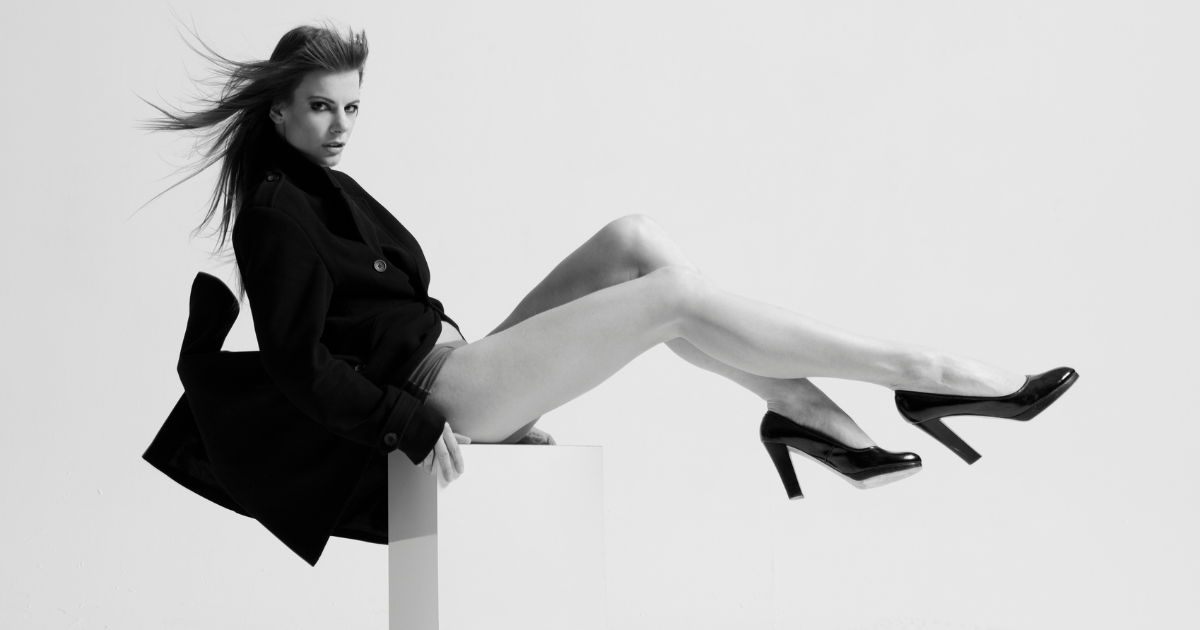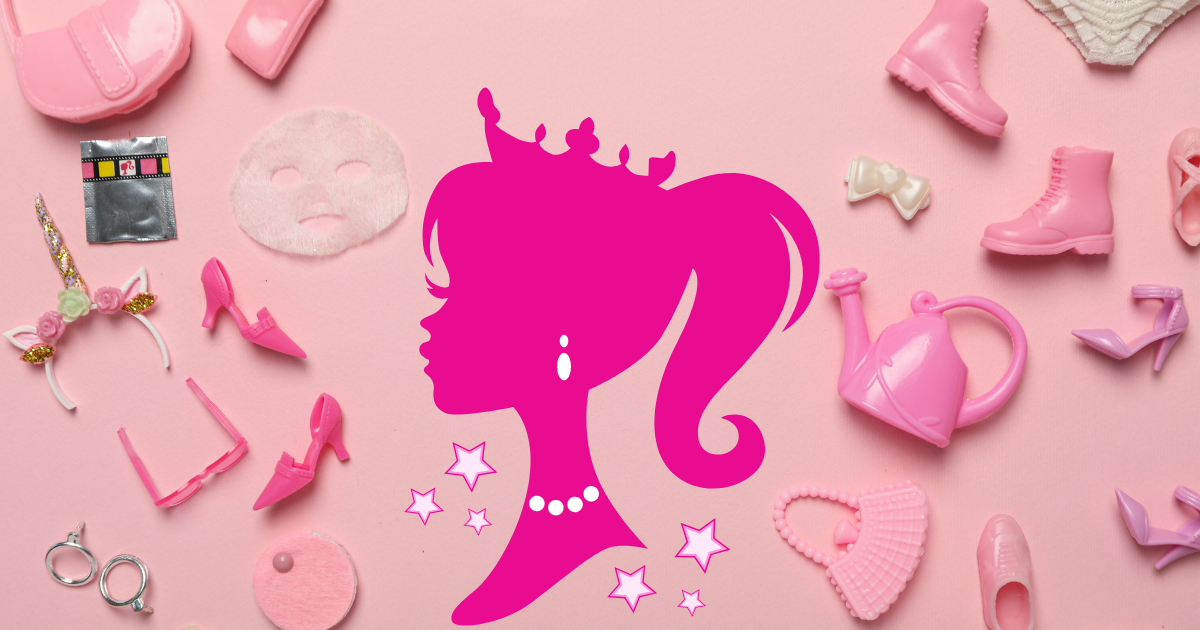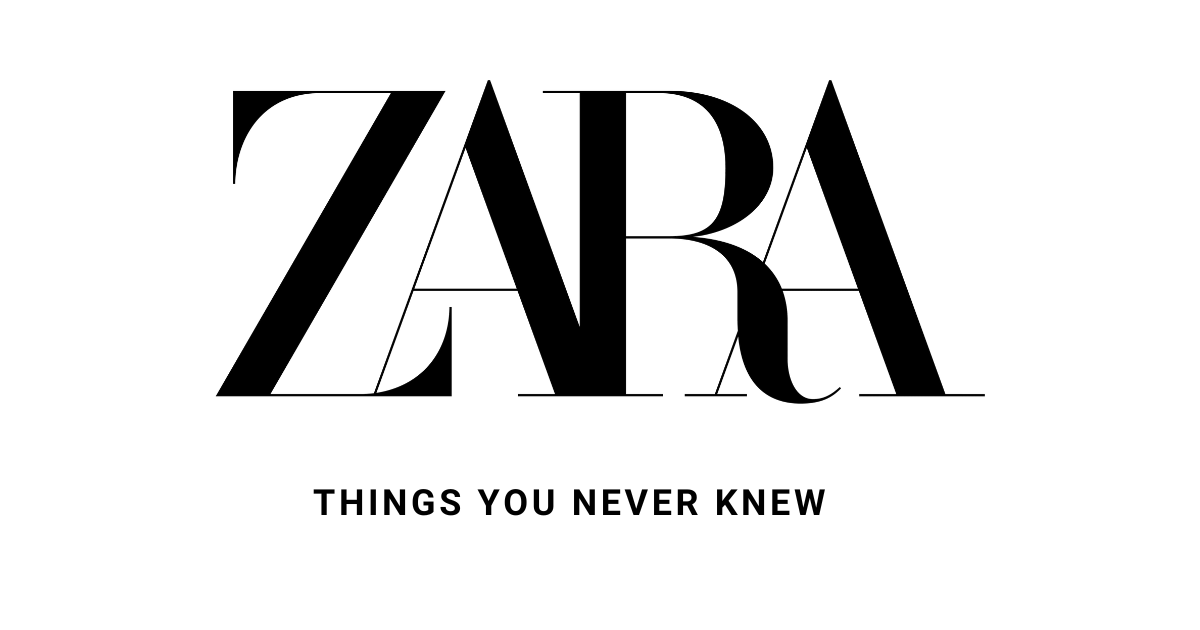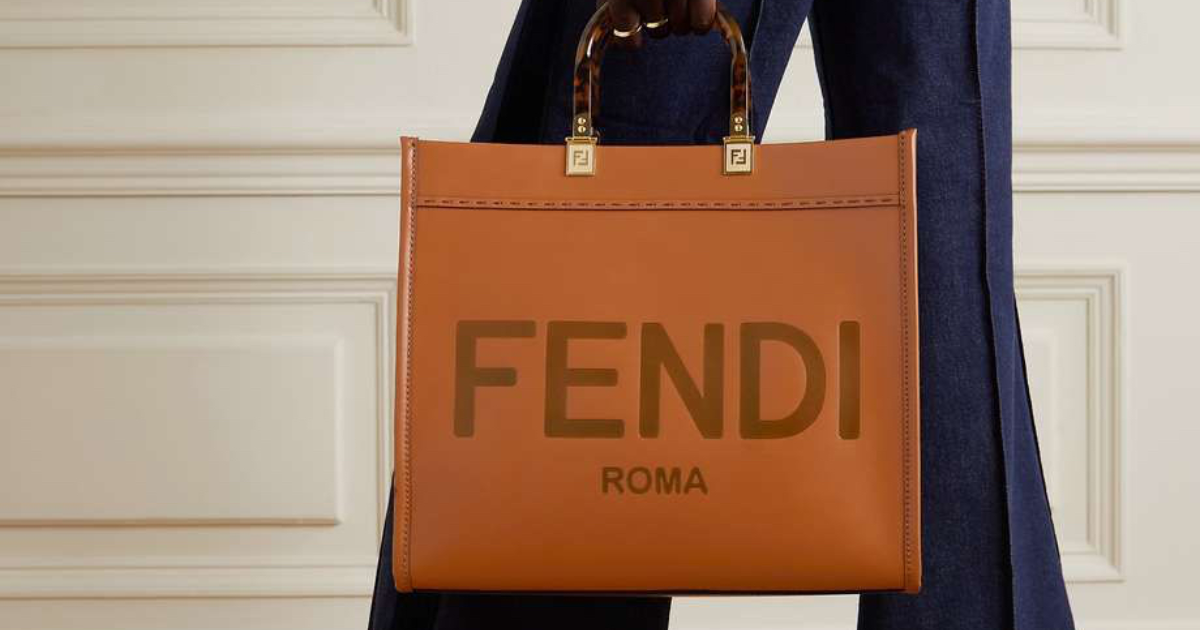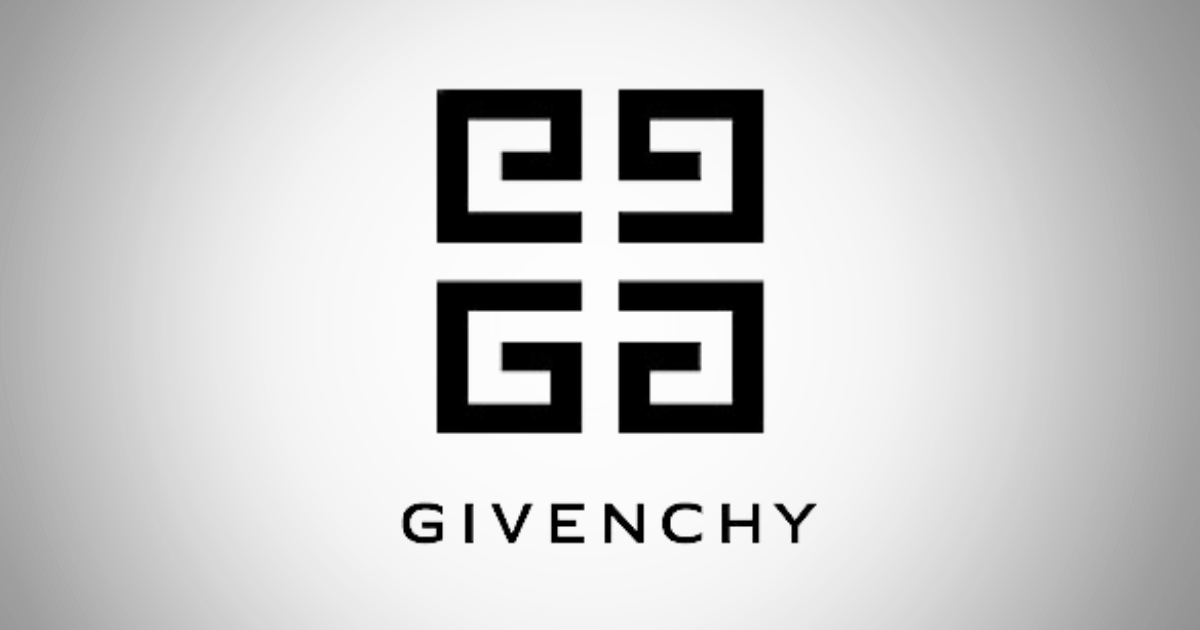Introduction :
Although the dazzling world of the fashion business frequently captures people’s attention, it hides a complicated web of legal concerns, notably those pertaining to the rights and protections of models. Models encounter difficulties connected to exploitation and contract disputes in India, as they do in many other nations, demanding strong legislative protections to guarantee fair treatment and a secure working environment. The legal framework controlling models in the Indian fashion business is examined in this blog, along with the steps taken to resolve exploitation and contractual problems.
Contractual Protections :
Models often sign agreements with modelling agencies or clients in the Indian fashion industry for a variety of projects. The duration of the assignment, payment terms, usage rights, and any other duties should all be explicitly stated in these contracts, along with any other requirements. To safeguard their rights, models must carefully analyse and bargain these contracts.
- Agency Contracts : Models frequently sign contracts with modelling agencies, which serve as a middleman between models and customers. These contracts should outline the commission %, the duties of the agency, and the length of the arrangement. To prevent potential exploitation, models should confirm the agency’s reputation and ethical business practises.
- Assignment Contracts : Models must get formal contracts outlining the conditions of each modelling job, including the nature of the work to be done, payment, usage rights, and other pertinent information. This written paperwork ensures that both parties’ expectations are clear and helps prevent contract conflicts.
Age and Working Hour Restrictions :
India has passed legislation to prevent the exploitation of child models. Guidelines for preserving the rights of child models are outlined in the Juvenile Justice (Care and Protection of Children) Act of 2015 and the Child Labour (Prohibition and Regulation) Act of 1986, respectively. These rules forbid hiring young people under the age of 14 for any job, including modelling. In order to safeguard their wellbeing, models between the ages of 15 and 18 are also subject to limits on working hours and circumstances.
Prevention of exploitation :
The fashion business has occasionally come under fire for abusing models, especially in regard to their physical and psychological well-being. In India, a number of initiatives have been implemented to address this issue:
- The Model of Code of Conduct : A Model Code of Conduct has been prepared by the Fashion Design Council of India (FDCI) and other industry organisations. In order to guarantee that models are handled with respect and professionalism, this code defines expectations for agencies, designers, and customers.
- Anti-sexual Harassment Laws : The Sexual Harassment of Women at Workplace (Prevention, Prohibition, and Redressal) Act, 2013, which was passed by India in 2013, protects women against sexual harassment at work, especially in the fashion sector. Models should be informed of their rights as well as the processes for reporting harassment.
- Support for Mental Health: The fashion industry is becoming more and more conscious of the problems with mental health that models deal with. There have been initiatives to help models who are struggling with stress, anxiety, and other emotional difficulties by offering them tools and assistance.
Resolution of disputes :
Models have a number of options for resolving contract disagreements:
- Mediation and Arbitration : A lot of modelling contracts have provisions for mediation or arbitration to resolve issues out of court. These other conflict resolution processes can offer more rapid and affordable results.
- Civil Court: Models may approach civil courts to seek relief for breach of contract or other legal violations if mediation or arbitration are unsuccessful. To reach a decision, courts will weigh the facts and relevant legal standards.
Conclusion :
The fashion industry in India offers an exciting platform for models to showcase their talent, but it is important to be aware of the legal rights and safeguards that go along with this line of work. Models deserve a safe and equitable workplace that includes contractual protections and measures against exploitation. Models may successfully manage the difficulties of working in the fashion business and contribute to the creation of a fairer and more respectful workplace for everyone by being aware of their rights, standing up for moral behaviour, and pursuing legal action where required.
Author: Shruti Gala







